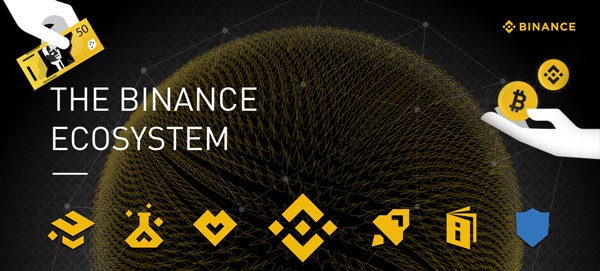Optical Character Recognition (OCR) is the process of turning images that contain text—such as scanned pages, receipts, or photographs—into machine-readable text. What began as brittle rule-based systems has evolved into a rich ecosystem of neural architectures and vision-language models capable of reading complex, multi-lingual, and handwritten documents.
How OCR Works?
Every OCR system tackles three core challenges:
The difficulty grows when dealing with handwriting, scripts beyond Latin alphabets, or highly structured documents such as invoices and scientific papers.
From Hand-Crafted Pipelines to Modern Architectures
- Early OCR: Relied on binarization, segmentation, and template matching. Effective only for clean, printed text.
- Deep Learning: CNN and RNN-based models removed the need for manual feature engineering, enabling end-to-end recognition.
- Transformers: Architectures such as Microsoft’s TrOCR expanded OCR into handwriting recognition and multilingual settings with improved generalization.
- Vision-Language Models (VLMs): Large multimodal models like Qwen2.5-VL and Llama 3.2 Vision integrate OCR with contextual reasoning, handling not just text but also diagrams, tables, and mixed content.
Comparing Leading Open-Source OCR Models
Emerging Trends
Research in OCR is moving in three notable directions:
- Unified Models: Systems like VISTA-OCR collapse detection, recognition, and spatial localization into a single generative framework, reducing error propagation.
- Low-Resource Languages: Benchmarks such as PsOCR highlight performance gaps in languages like Pashto, suggesting multilingual fine-tuning.
- Efficiency Optimizations: Models such as TextHawk2 reduce visual token counts in transformers, cutting inference costs without losing accuracy.
Conclusion
The open-source OCR ecosystem offers options that balance accuracy, speed, and resource efficiency. Tesseract remains dependable for printed text, PaddleOCR excels with structured and multilingual documents, while TrOCR pushes the boundaries of handwriting recognition. For use cases requiring document understanding beyond raw text, vision-language models like Qwen2.5-VL and Llama 3.2 Vision are promising, though costly to deploy.
The right choice depends less on leaderboard accuracy and more on the realities of deployment: the types of documents, scripts, and structural complexity you need to handle, and the compute budget available. Benchmarking candidate models on your own data remains the most reliable way to decide.
Michal Sutter is a data science professional with a Master of Science in Data Science from the University of Padova. With a solid foundation in statistical analysis, machine learning, and data engineering, Michal excels at transforming complex datasets into actionable insights.



